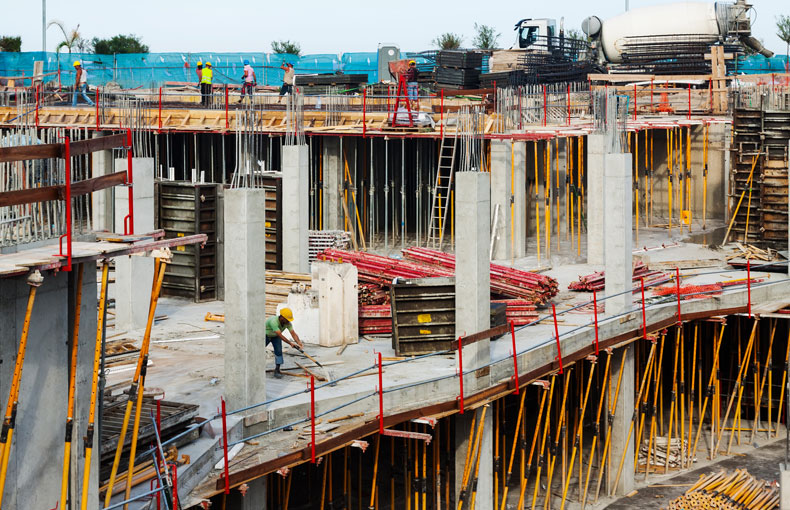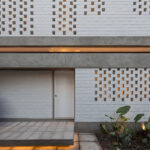94% of Quito constructions are not listed for a land


Many houses in La Roldos, La Pisulí, Colinas del Norte, between other sectors constructed without compromising the norms, which are very vulnerable to a sismo, taking into account that Quito is an active geological fallout.
In these conditions, Diego Sosa, Assistant Professor of the Faculty of Civil Engineering at the National Polytechnic with a PhD of specialization in the same design, is a source of origin that will come to life in the Quito system.
The most moving things
El último temblor con epicentro en esta urbe fue el 23 de noviembre del 2021, de magnitud 4,52.
Causó alboroto en la gente pero esa intensidad no es capaz de producir daños en estructuras.
La historia sísmica de Quito indica que el movimiento más fuerte fue en 1587 y tuvo una magnitud de 6.4, lo que significa cerca de 660 veces más fuerte que el sismo del año pasado. Un temblor así sería catastrófico a estas alturas.
La politécnica ha hecho varias publicaciones sobre el tema.
Una de las últimas fue en el 2015 y 2016. De la mano con la fundación GEM (Global Earthquake Model) se hizo un estudio de la vulnerabilidad de Quito y fue entregado al Municipio.
El trabajo incluso motivó la investigación de varios profesionales de la Politécnica y se hicieron tesis al respecto.
De allí se desprendió que el 94% de las construcciones de Quito no tienen un diseño sismorresistente.
Sosa considera que, en caso de un terremoto, las estructuras informales colapsarían y que incluso pudieran afectarse casas con cálculos estructurales, pero que fueron edificadas hace 50 años o más debido a los materiales y tecnología de esa época.
El experto insiste en que las estructuras sí se pueden reforzar.
El problema, dice, es cómo se le obliga a una persona que haga un reforzamiento. Para Sosa, el actual problema es responsabilidad tanto del dueño como de la autoridad por no controlar.
La entidad a cargo de esas inspecciones es la Agencia Metropolitana de Control.
En enero y febrero de este año hubo 97 actos de inicios de procesos sancionatorios por construcciones sin permisos.
La institución cuenta con 26 inspectores técnicos para recorrer toda la ciudad. Quito tiene 423 000 ha de superficie. Se estima que el 65% de las casas es informal.
What to prevent?
The land of Pedernales, the Alcaldía, is able to work in a norm that allows evaluations of constructions to be and are possible to reform.
Vladimir Tapia, Secretary of the Territory, indicates that the recognition and regularization of informal constructions will take place in 2019, but it will not be possible to express that there must be an inspection with collaborating entities that will see the community for the rest of the need. .
Without embargo, it is nevertheless defined as a tariff for those entities to be able to co-operate with houses. It is necessary to review the topic and Esperanto to apply the final results. For Sosa, it is urgent to have a diffusion campaign and that due to the factual cases of information. Looking at the account that the great mayor is like Carmita Sangucha, who is the risk of a seism in the preoccupation. The qui si quita el sueño -dice- es que su hijo no consigue trabajo.




